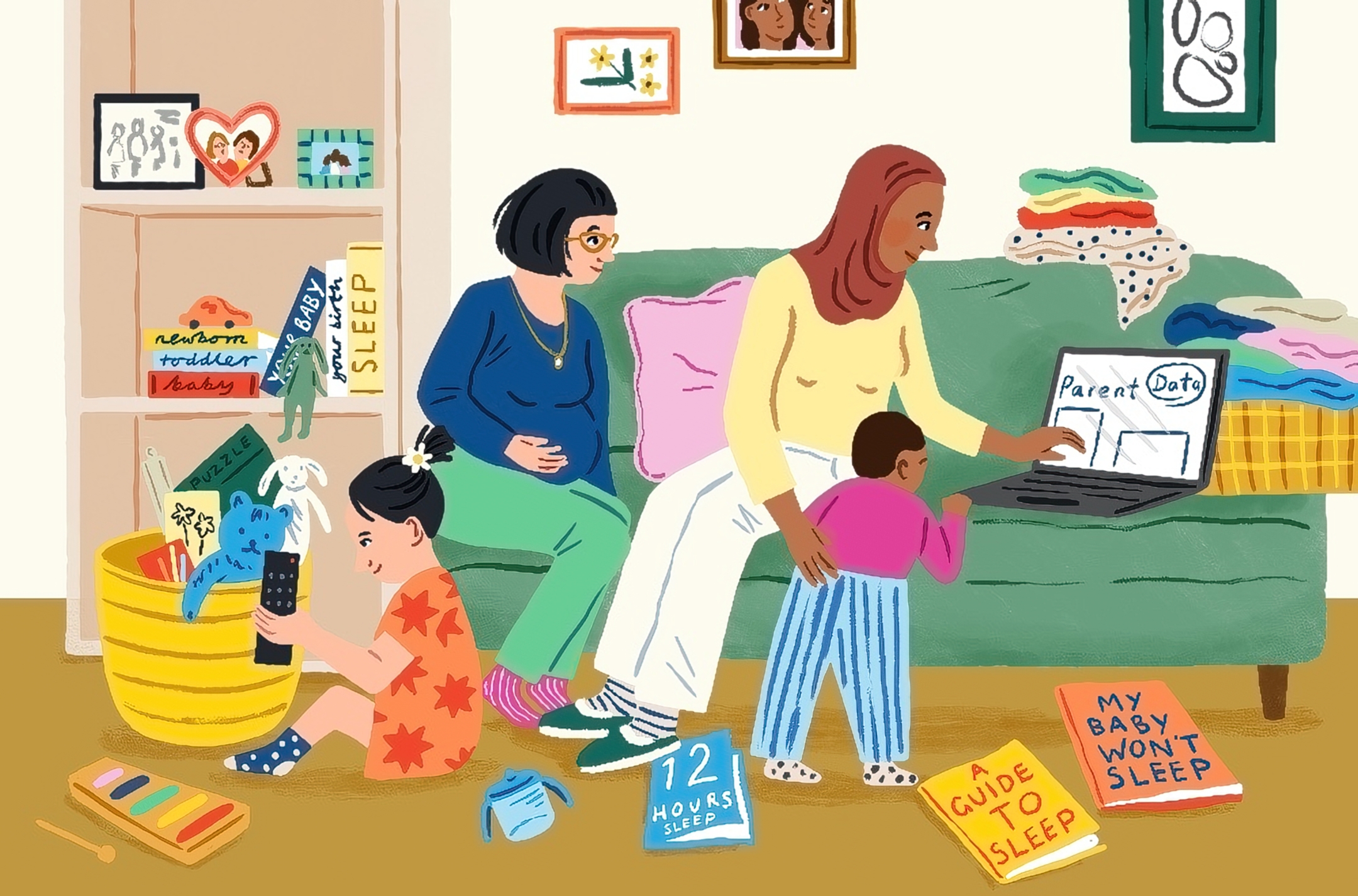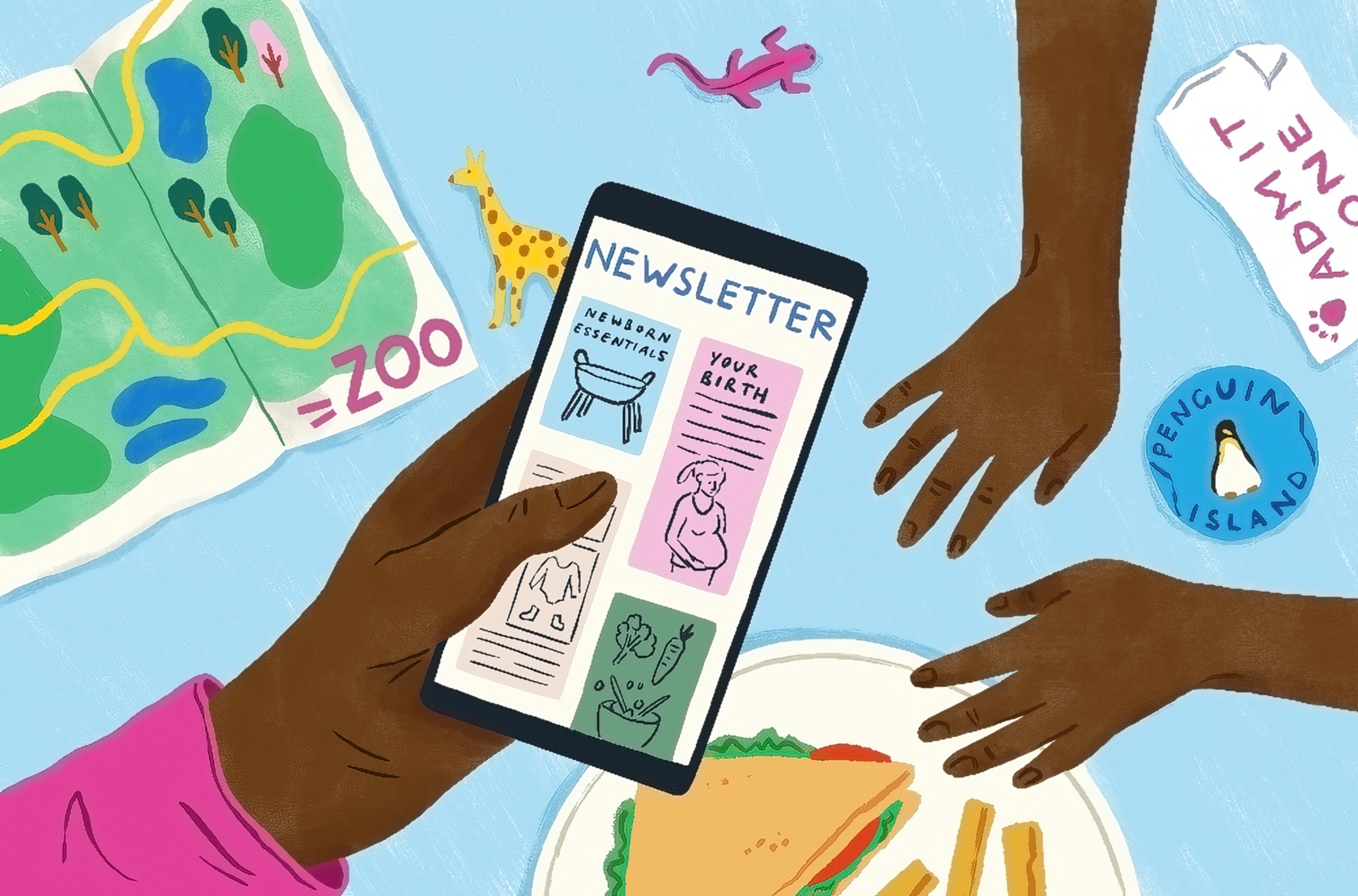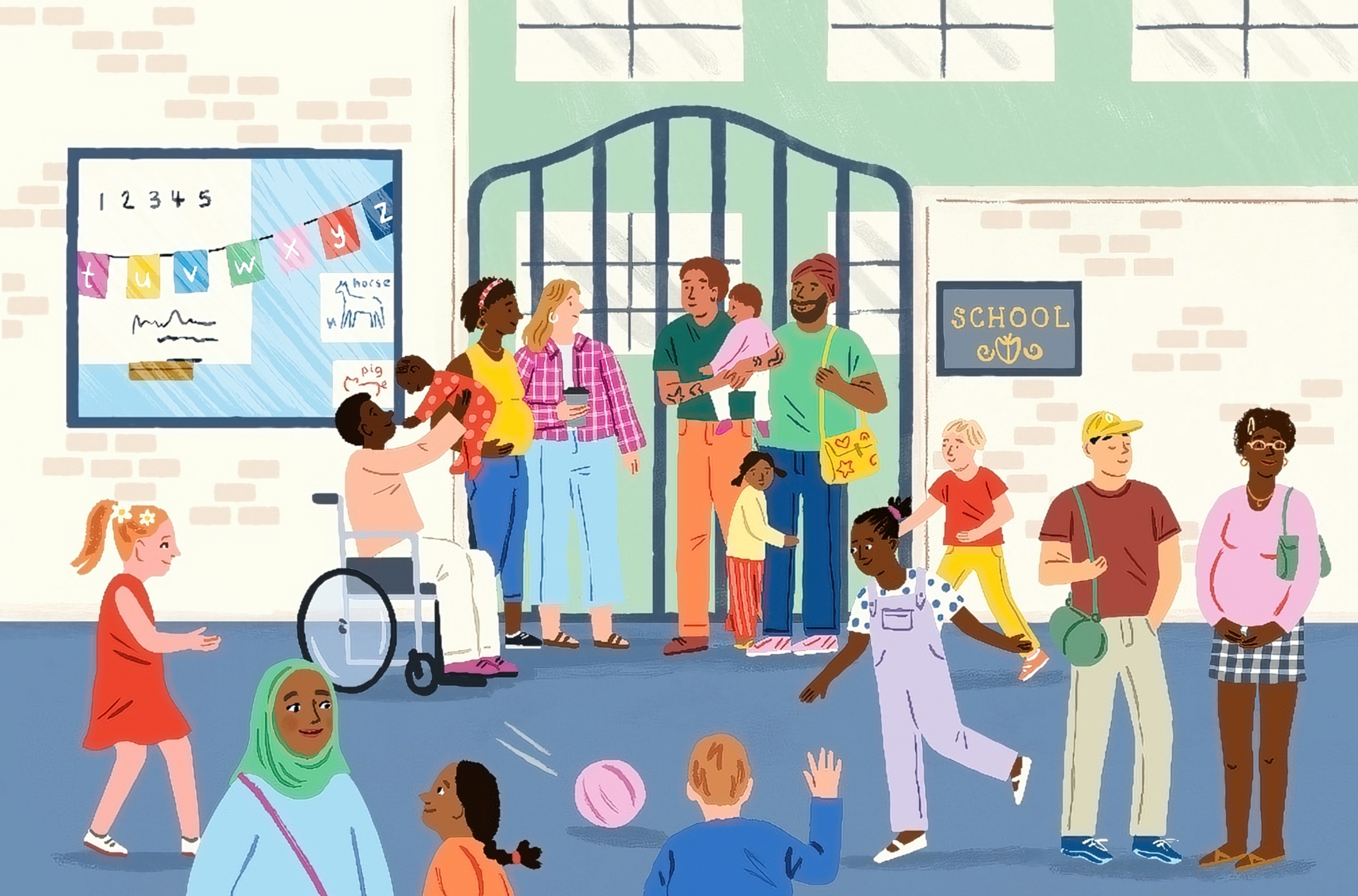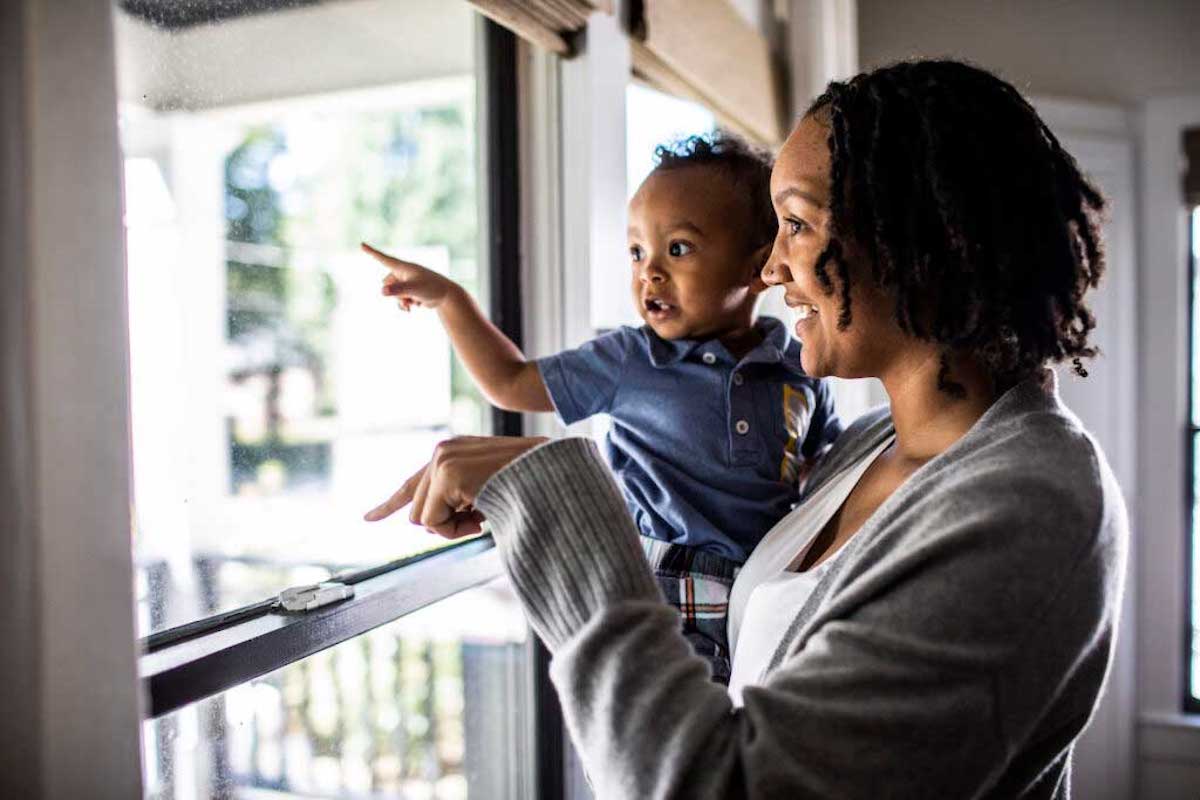Is there any research on the best way to interact with your baby? I’ve heard things like, smile and make eye contact! Are those just common sense, or is there science to prove they matter in some way?
—Figuring Out Playtime
There is a lot of literature in child development about the best way to interact with babies to promote brain development. This has led to some guidance, which I will share below. I do want to caution, though, that sometimes when people read guidance like this, they take it too far.
For example, there is some literature on the importance of talking to children. This literature highlights differences in the count of words that children hear across socioeconomic groups and argues that such differences may drive development. This finding has sometimes led parents to think that they have to narrate everything they do, every diaper change and food prep task. This is exhausting and unnecessary. Yes, talking to your kid is good, but that doesn’t mean that more and more and more is better.

I say this so you take the below evidence with a helpful frame of “here’s something that I might try” rather than with the negative frame of “if I don’t do this in every interaction with my child, they will be ruined forever.”
For a very long time, child development experts have argued for a type of interaction they call “serve and return.” This is a style of interaction in which you interact back and forth with your infant or child, even when they aren’t really talking to you. Examples:
- A baby sticks out their tongue, and you stick yours out back. They served (the tongue), and you returned the tongue.
- Your 7-month-old holds a board book and screeches, and you say, “Yeah, that’s right; that’s a turtle.” They served (something), and you returned a named thing.
- Your 2-year-old points to the monkey at the zoo; you get down to their level, look where they are looking, and ask what they like about it.
This may all seem intuitive, but it’s sometimes helpful to see it laid out like this, especially when it comes to babies. It can feel ridiculous to be having a conversation with a baby who is just yelling, but that’s how they learn.
We have good evidence on the value of this from a randomized trial that used video coaching to teach parents about this mode of interaction. Children of parents in the treatment group showed significant communication skill improvements over the treatment. (You can learn more about the particular video intervention here.)
Again, don’t obsess! But it’s worth it to feel a little ridiculous, pretending to have a conversation with a baby. Eventually, it will turn into a real one.
Community Guidelines














Log in